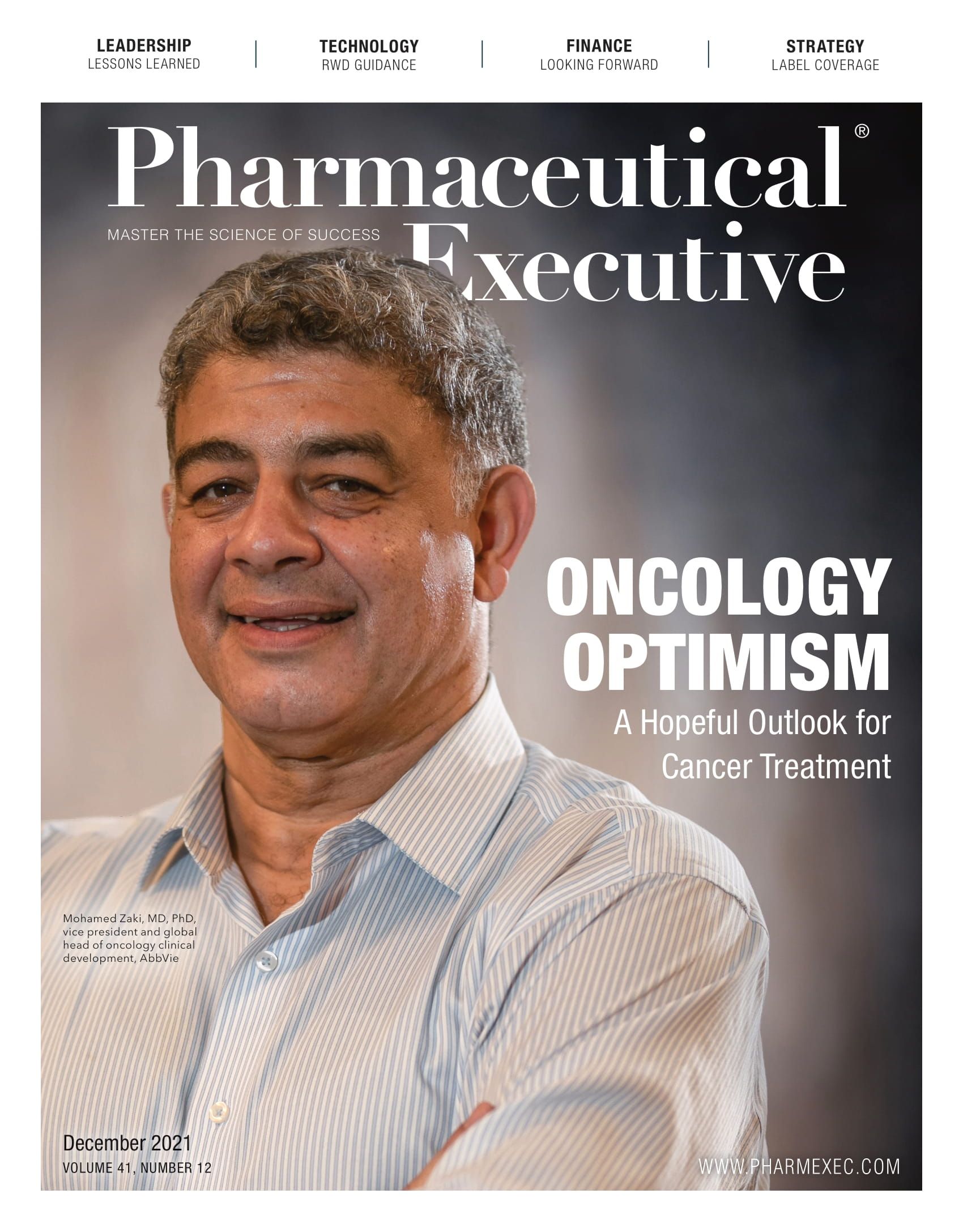New Bespoke Gene Therapy Consortium Is Welcome Development
For biopharma innovation to succeed and accelerate, companies must stop duplicating their efforts and share valuable information.

The creation of the Bespoke Gene Therapy Consortium (BGTC) in the US is welcome news, especially if it achieves its ambition to accelerate the delivery of more gene therapies for rare diseases. The new body is headed and funded by FDA and the National Institutes of Health (NIH), with other stakeholders including small biotechs, major pharma brands, and non-profit organizations.
One clear benefit is the chance to finally tackle the problem of affordability and return on investment. Today this presents a significant barrier for more niche therapies that are expensive and complex to develop and study, and whose target populations are small. If a standardized platform can be agreed upon, via which each drug developer can share findings and build on what’s gone before, the potential to reduce costs and accelerate approvals could be considerable.
The real beneficiaries, though, will be patients. If the BGTC achieves its aims, patients could see readier access to the breakthrough treatments they long for.
Regulators as enablers
The new US consortium offers a glimpse of the role regulators can play to drive markets forward, as facilitators rather than merely gatekeepers. It paves the way for a shared platform that could help propel each company forward with new products.
The hope is that Europe will pick up the baton now. Take the known concept of “master files,” adopted by the EU (for vaccine antigens and plasma). If master files for gene therapy vectors were logged on a common platform, there could come a time when it’s possible to add a gene of interest for each new development, rather than details of all vector-related safety aspects.
Anything that would allow for greater convergence around clinical trial design, particular studies, tests/assays would be welcome, too—even the pooling of safety data—making advances in the treatment of rare diseases more viable.
Although it might take a while to establish an enabling platform, the hope for the future is that the BGTC and any equivalent consortia that emerge over time, will come up with a roadmap quite quickly to support at least some level of useful community cooperation.
We’re already seeing a growing push from pharma companies for a regulatory framework that better meets their needs. Up to now, for instance, each new product has needed to be vetted in its own right. This has presented a barrier for developers of new therapies with a limited safety database to work from—even if these have shared the same vector backbone. Tests showing the biodistribution and effectiveness of the transduction of cells, for example, would have to be repeated again and again.
There are some encouraging signs that regulators want to drive positive change. For one thing, they’re beginning to proactively hire people with expertise in advanced therapies so that they more confidently assess and approve new treatments. They’re also looking more holistically at data now, especially around the patient impact.
Ultimately, we all need to work toward a situation in which “advanced” therapies are viewed as standard treatments that we know how to regulate, so that patients suffering from rare diseases that affect their quality of life every day can dare to imagine a better future. The BGTC is a big step in the right direction.
Christian K. Schneider, MD, Head of Biopharma Excellence and Chief Medical Officer (Biopharma), PharmaLex

Pfizer, GSK Gain ACIP Recommendations for RSV and Meningococcal Vaccines
April 18th 2025The Centers for Disease Control and Prevention’s Advisory Committee on Immunization Practices voted to expand access to Pfizer’s respiratory syncytial virus vaccine Abrysvo for high-risk adults in their 50s and voted in favor of GSK’s meningococcal vaccine, Penmenvy, for streamlined adolescent protection.
Navigating Distrust: Pharma in the Age of Social Media
February 18th 2025Ian Baer, Founder and CEO of Sooth, discusses how the growing distrust in social media will impact industry marketing strategies and the relationships between pharmaceutical companies and the patients they aim to serve. He also explains dark social, how to combat misinformation, closing the trust gap, and more.